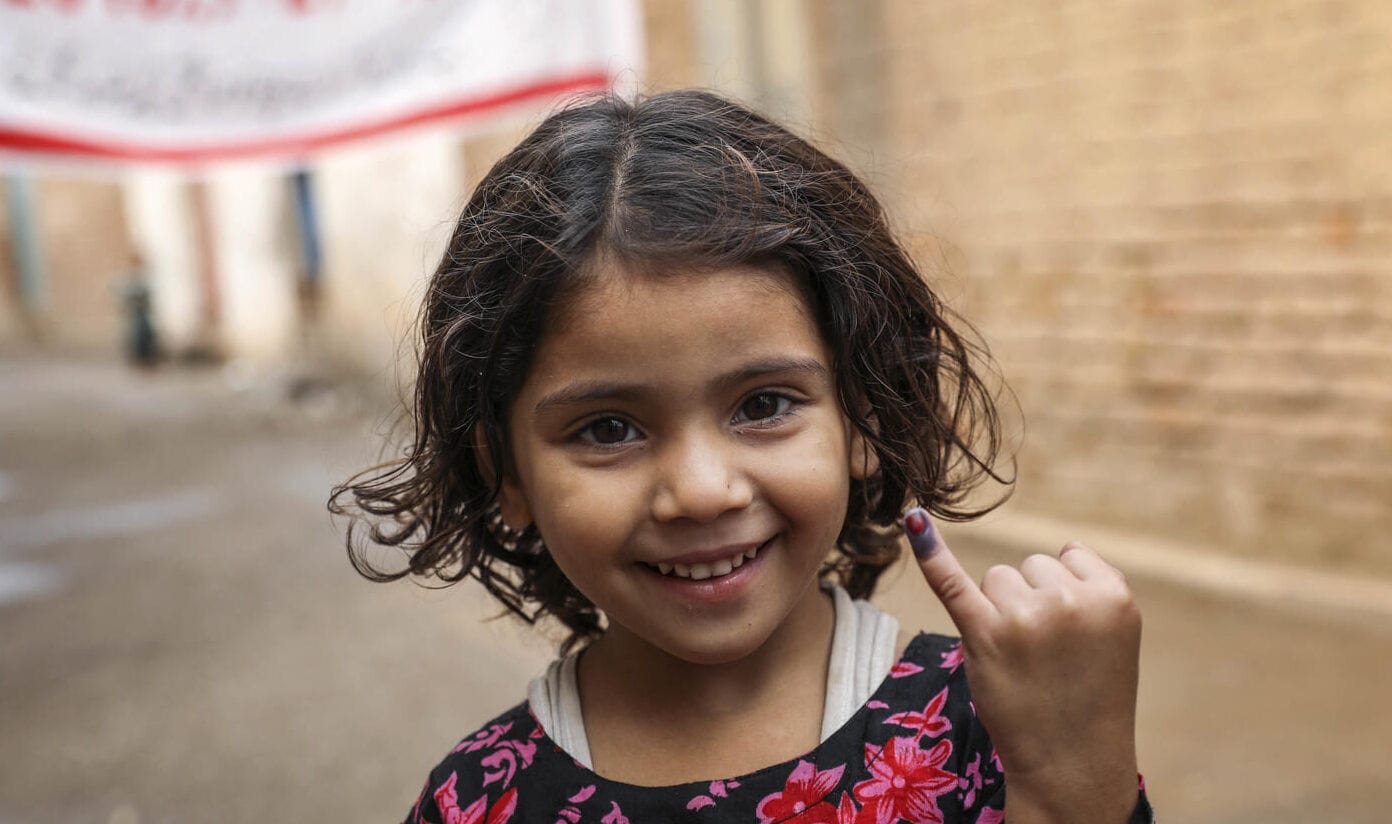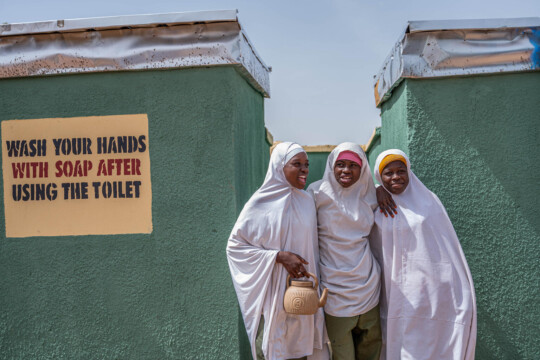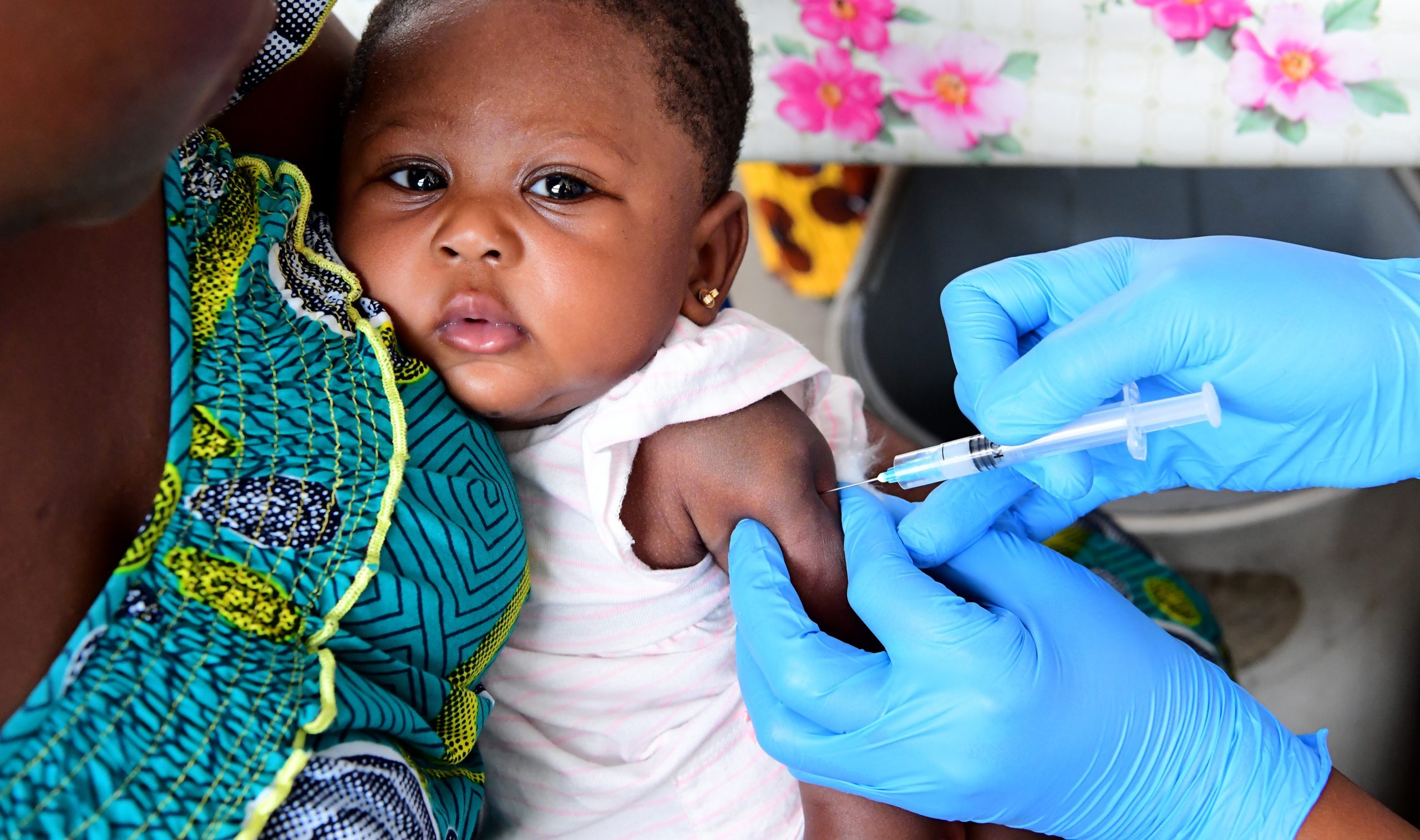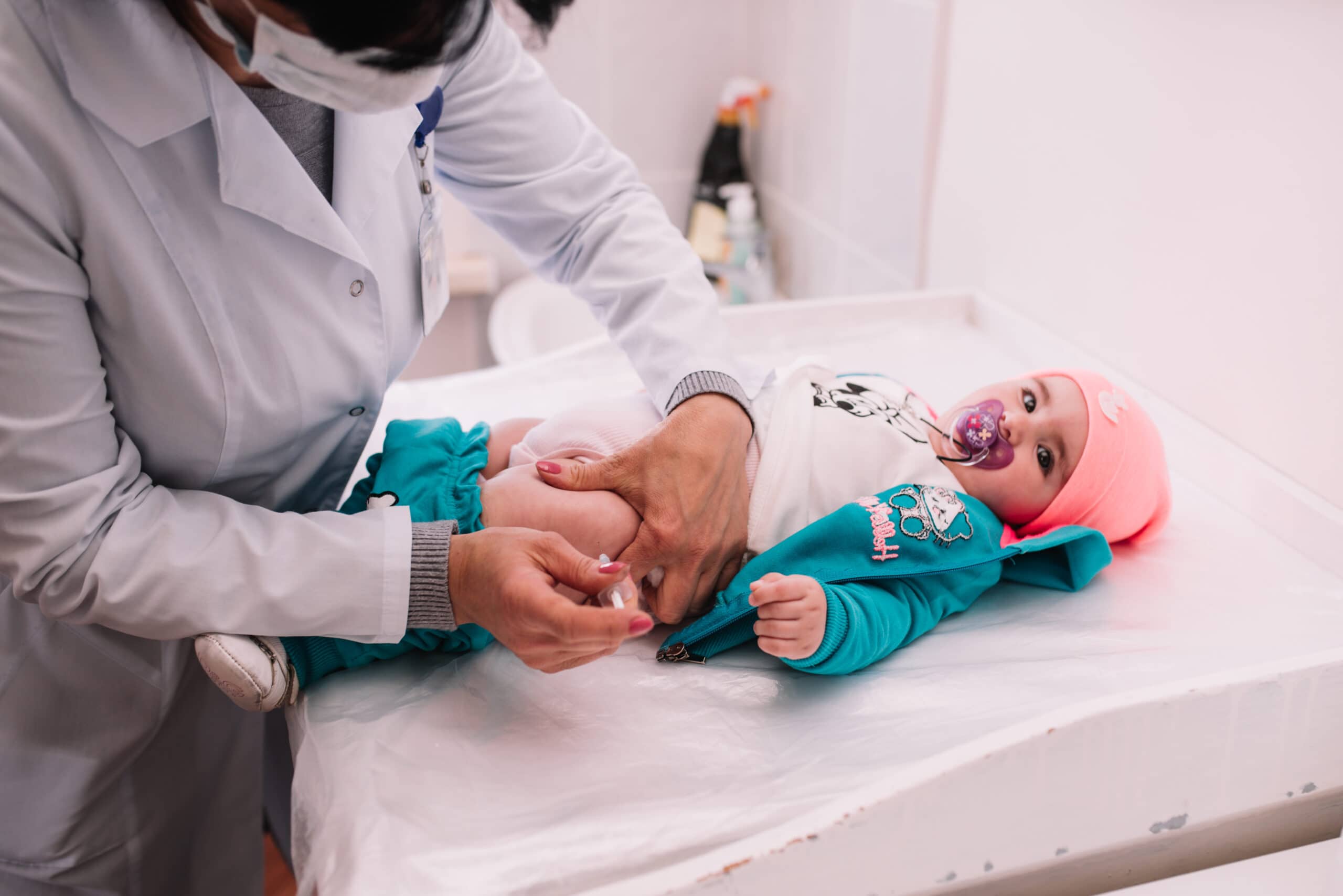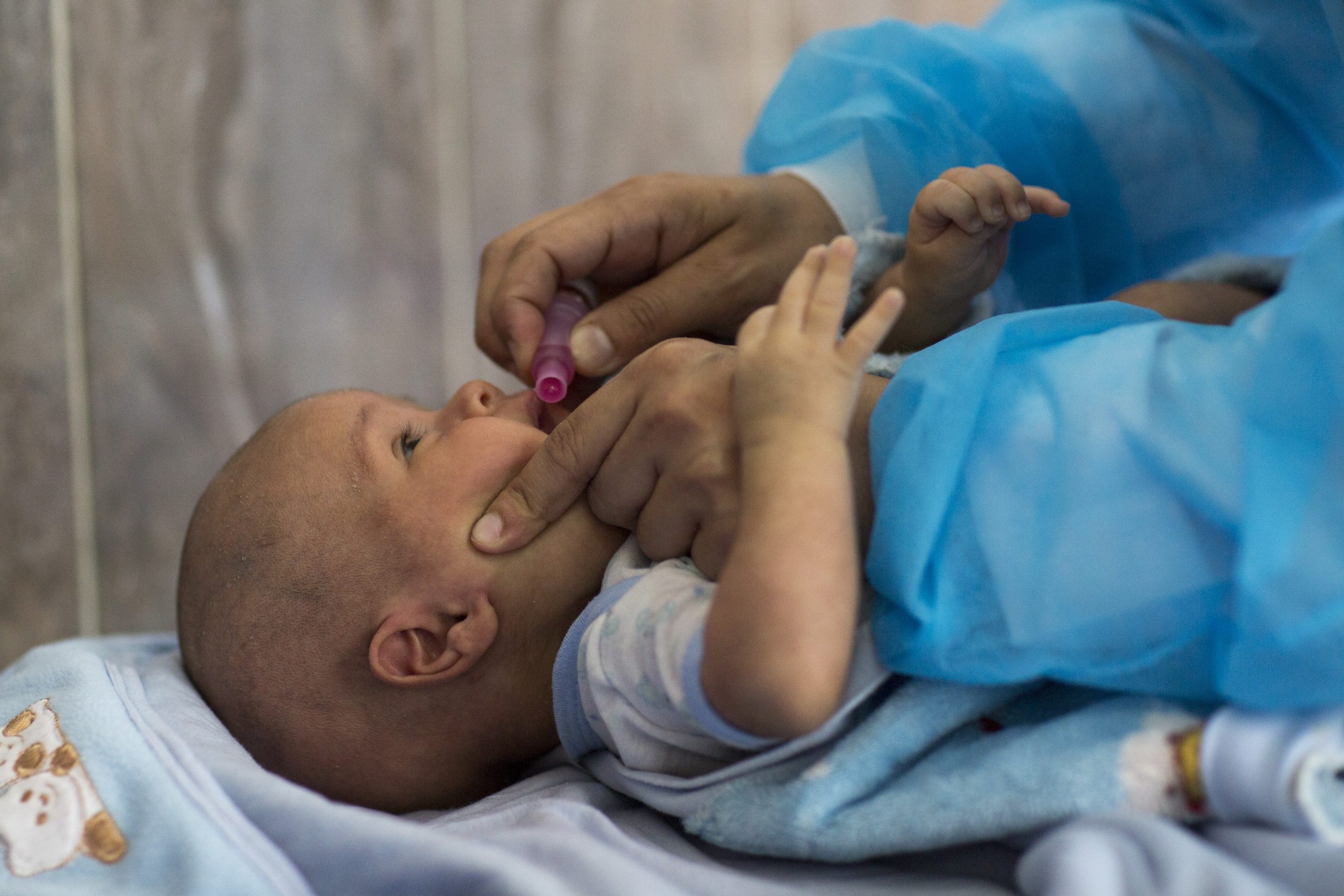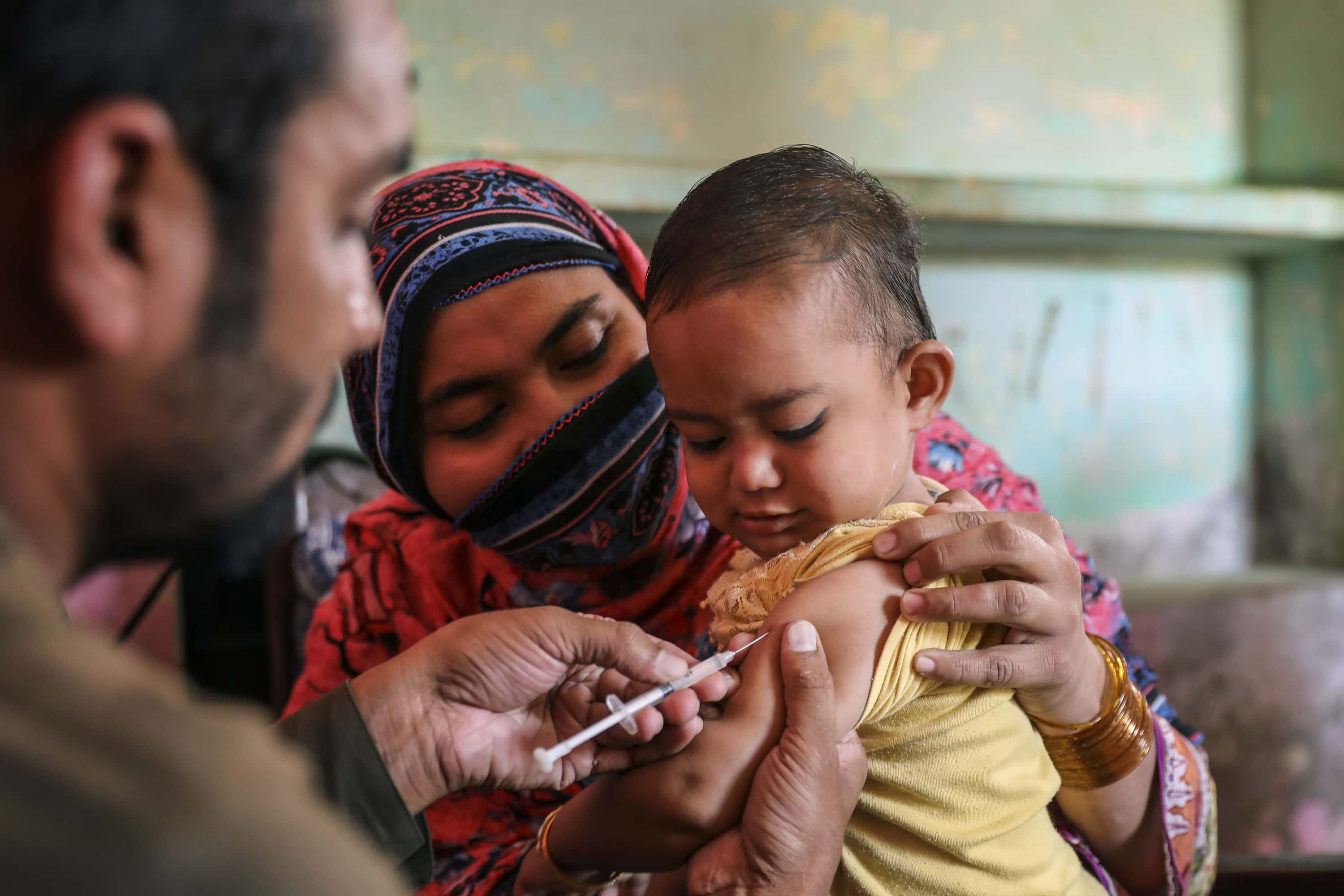Immunization is one of the most cost-effective public health interventions, averting an estimated 4.4 million deaths yearly[1]
In 2023, global coverage of the third dose of diphtheria-tetanus-pertussis (DTP3) vaccine – often used as a marker of how well countries are providing routine immunization services to children – stagnated at 84 per cent. Although there has been some progress, DTP3 coverage has still not yet reached the pre-pandemic level of 86 per cent, as per the latest WHO and UNICEF estimates of national immunization coverage (WUENIC).
Despite ongoing efforts towards recovery and strengthening beyond pre-pandemic (2019) levels, a staggering 21 million children remained either unvaccinated or under-vaccinated in 2023. Furthermore, the number of children who did not receive any vaccines, often referred to as zero-dose children, reached 14.5 million – an increase from 12.8 million in to 2019.
Measles, because of its high transmissibility, acts as a ‘canary in the coalmine’, quickly exposing immunity gaps in the population. The coverage of measles-containing vaccine (MCV) is thus often used as a tracer for protection. In 2023, coverage of the first dose of measles-containing-vaccine (MCV1) stalled at 83%, with 22.2 million children not receiving the potentially life-saving vaccine. These figures fall short of the 95 per cent coverage needed to prevent outbreaks, reduce deaths, and achieve elimination goals.
Access to life-saving vaccines to combat diseases is not universal and varies across regions and countries
The first dose of the diphtheria-tetanus-pertussis vaccine (DTP1) – a proxy indicator for access to immunization services – ranged from 41 percent in the Democratic People’s Republic of Korea (DPRK) to 99 percent in 49 countries, including 11 non-programme countries and 10 countries in East Asia and the Pacific. Twenty-seven countries had DTP1 coverage below 80 percent, suggesting the need to enhance access to immunization services in these locations. Most of these countries were in Latin America and the Caribbean (7), West and Central Africa (6), and the Middle East and North Africa (6).
Globally, more than half (over 50 per cent) of zero-dose children are concentrated in just seven countries: Nigeria, India, Ethiopia, Democratic Republic of Congo, Sudan, Indonesia and Yemen. However, it is important to note that some populous countries contribute heavily to global figures, despite high rates of immunization coverage. For instance, in 2023, India accounted for 2 million zero-dose children, despite achieving 93 per cent coverage for a cohort of 22.7 million surviving infants.
In recent years, there has been a significant emphasis on reducing the overall number of zero-dose children, and this focus has yielded positive results, particularly in terms of DTP1 coverage. It is crucial to maintain these efforts and build upon them. However, the latest data from WUENIC emphasizes the need to expand our approach by considering additional metrics that assess the risks and progress of immunization programmes, including vaccine coverage. This approach ensures that no child is left behind, as countries with larger infant populations often overshadow smaller cohort countries with extremely low vaccine coverage.
107 countries achieved at least 90 per cent coverage of DTP3 vaccine
The percentage of children receiving DTP3 – often used to measure the overall system strength to deliver infant vaccination – has a global target of 90 per cent as set by the Immunization Agenda 2030. In 2023, 107 countries (55 per cent) had achieved at least 90 per cent coverage of DTP3. This is a decline from 2019, when 125 countries met the target.
In 2023, Europe and Central Asia had the highest DTP3 coverage at 95 per cent and West and Central Africa had the lowest coverage at 69 per cent. Europe and Central Asia and South Asia were the only two regions that had achieved at least 90 per cent coverage.
Notably, Latin America and the Caribbean saw DTP3 coverage increase from 79 per cent in 2022 to 83 per cent in 2023, driven by increased coverage in Brazil from 77 per cent in 2022 to 90 per cent in 2023– the country with the largest infant population in the region. Eastern and Southern Africa also saw gains in coverage, increasing from 75 per cent in 2022 to 78 per cent in 2023.
Challenges to vaccination coverage are numerous and persist in fragile states and those affected by conflict
Several factors contribute to the disruption of health systems and hinder the sustainable delivery of vaccination services. These factors include conflict, inadequate investment in national immunization programs, shortages of vaccines as well as disease outbreaks. Among the children who remain unvaccinated or under-vaccinated, approximately 10.8 million infants (51 per cent) live in countries with institutional and social fragility or countries affected by conflict.[2] Children residing in such challenging circumstances are the most vulnerable to disease outbreaks and require urgent attention and support.
In 2023, the number of countries with DTP3 coverage of 50 per cent or less increased from four in 2019 to six (Central African Republic, the Democratic People’s Republic of Korea, Guinea, Papua New Guinea, Somalia and Yemen). Four of these countries have institutional and social fragility or are affected by conflict.[3]
To elevate global immunization levels, it is essential to prioritize efforts in countries with the highest numbers of unvaccinated children. However, it’s equally important to ensure that countries with low coverage rates, where children are most likely to miss out on immunization, receive the attention they need, particularly in vulnerable settings.
Pneumococcal and rotavirus vaccine coverage continues to expand, particularly in lower middle income countries
Thanks to the collaborative efforts of UNICEF, its partners and countries, vaccines are now safer and more accessible than ever before. The cost of fully immunizing a child in low-income countries has decreased from over US $24 in 2013 to just US $18 per child.[4]
Despite various challenges, countries have made progress in vaccine introductions. As of 2023, 158 countries (2 more than in 2022) included the pneumococcal conjugate vaccine in their immunization programmes, providing protection against pneumonia. Additionally, 124 (4 more than in 2022) countries have incorporated the rotavirus vaccine, which helps prevent diarrhoea.
Immunization throughout the life-course has huge societal, economic and productivity benefits, highlighting it as an essential intervention to be prioritized by governments and policy makers
Human papillomavirus (HPV) is a common viral infection that can lead to cervical cancer in women. By the end of 2023, the HPV vaccine had been fully introduced in 143 countries. However, only 20 per cent of girls are currently fully protected against HPV, indicating the need for increased efforts in this area.
Preventing child deaths from preventable causes and ensuring children’s optimal health and well-being is a priority. The cost of a vaccine, often less than US $1, is significantly lower than the expenses associated with treating a sick child or combating disease outbreaks. Investing US $1 in childhood vaccination can potentially yield a return on investment of US $20 in low- and middle-income countries from 2021 to 2030, demonstrating high returns on investment from immunization programmes.[5]
For more information about the cost and financing of vaccination, you can find additional details here.
In summary, although significant strides have been made in global immunization efforts, the stagnation of DTP3 and measles vaccine coverage rates since the pre-pandemic era highlight ongoing challenges. The rise in zero-dose children and disparities in access to immunization services underscore the need for targeted interventions in fragile and conflict-affected regions. Despite these obstacles, the introduction of vaccines such as pneumococcal conjugate and rotavirus vaccines showcases potential for substantial improvements. To fully realize the societal, economic, and health benefits of immunization, sustained investment and innovative strategies are essential, especially in countries with the highest numbers of unvaccinated children and countries with the lowest vaccine coverage.
[1] Carter, Austin and Msemburi, William and Sim, So Yoon and A.M. Gaythorpe, Katy and Lindstrand, Ann and Hutubessy, Raymond C.W., Modeling the Impact of Vaccination for the Immunization Agenda 2030: Deaths Averted Due to Vaccination Against 14 Pathogens in 194 Countries from 2021-2030 (April 20, 2021). Available at SSRN: https://ssrn.com/abstract=3830781 or http://dx.doi.org/10.2139/ssrn.3830781
[2] World Bank Fragile and Conflict-affected Situations (FCS), FY25, 1 July 2024: https://www.worldbank.org/en/topic/fragilityconflictviolence/brief/harmonized-list-of-fragile-situations
[3] World Bank Fragile and Conflict-affected Situations (FCS), FY25, 1 July 2024: https://www.worldbank.org/en/topic/fragilityconflictviolence/brief/harmonized-list-of-fragile-situations
[4] Centers for Disease Control and Prevention (CDC), Fast Facts on Global Immunization. https://www.cdc.gov/global-immunization/fast-facts/index.html, Updated: 16 May, 2024.
[5] S.Y. Sim, E. Watts, D. Constenla, L. Brenzel, B.N. Patenaude, Return On Investment From Immunization Against 10 Pathogens In 94 Low- And Middle-Income Countries, 2011–30, 2020.
Immunization data
Build your own dataset
Resources
